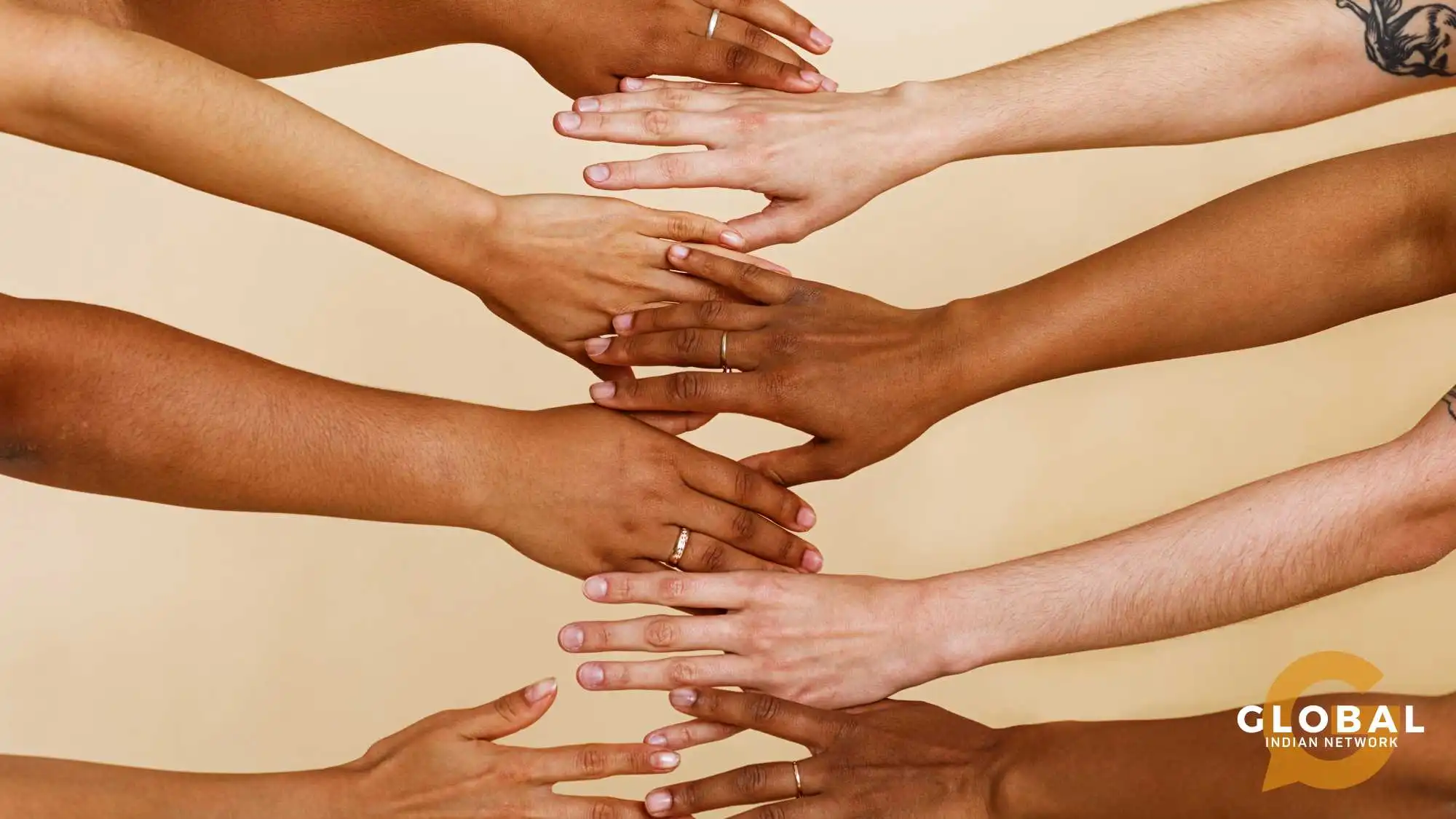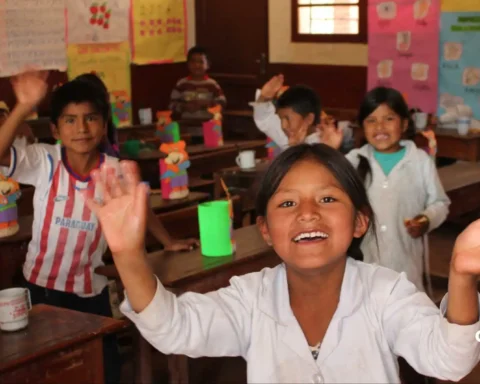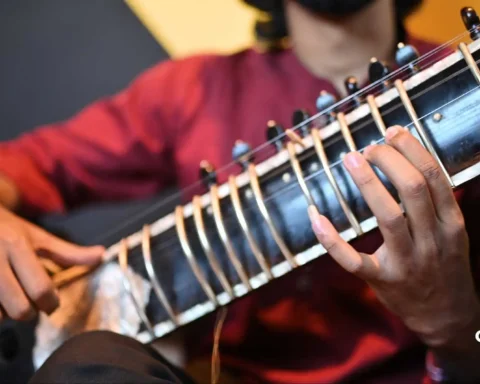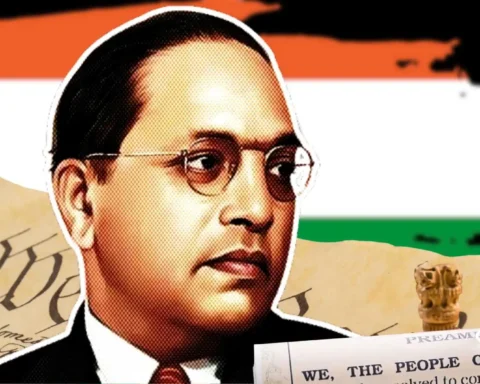The diversity of Global Indian skin tones is a testament to centuries of migration, ethnic intermixing, and geographical influences. From the sun-kissed complexions of tropical regions to the fairer tones seen in colder climates, the Indian diaspora carries a spectrum of skin tones shaped by history, environment, and genetics. Whether in India or across the world, Global Indians reflect this rich diversity, influenced not just by their homeland but also by the regions they have settled in over generations.
However, attitudes toward skin tones within the Global Indian community remain complex, shaped by deep-rooted cultural beliefs, colonial legacies, and modern beauty standards. While fairness was historically idealized in many societies, a shift toward inclusivity and representation is gradually reshaping perceptions. Today, as the Global Indian identity evolves across continents, there is a growing appreciation for diverse skin tones, celebrating beauty in all its forms.
Table of Contents
Diversity of Indian Skin Tone
When talking about Indian skin tone, the color is often called wheatish. Wheatish manifests the color tone from yellow to light brown. The Fitzpatrick scale measures the amount of melanin in the body and classifies skin based on the color constitution and the result of exposure to UV radiation. According to celebrity dermatologist Dr Jaishree Sharad, Indian skin falls under Type III (fair-medium) to Type VI (deep brown) on a scale of I-VI.
Northern India, with its colder climate and historical interactions with Central Asian, Persian, and Greek populations, tends to have individuals with lighter, olive-toned skin. The central and southern parts of the country, with hotter and more humid climates, predominantly have deeper, richer brown tones due to the presence of melanin, a natural adaptation that protects against the sun. This melanin makes them less susceptible to certain skin conditions but also more prone to others, such as hyperpigmentation. However, it’s not just the climate that influences your skin tone. Many stretched DNAs coupling up also decide your skin color.

Historical and Cultural Context of Skin Tones in India
The multiplicity of Indian skin tones is the subject of Skin Color Types and Indian Skin Characteristics (2014), a paper authored by members of the L’Oréal Research and Innovation with dermatologists in India. “The evolutionary history of Indian ethnic groups and subsequent migration from central Asia, west Asia, and southern China has resulted in a rich mosaic of sociocultural, linguistic, and biological diversities that also reflects in the variety of skin colors present on the Indian subcontinent,” stated the article.
Historically, Indian skin tone was not always linked with beauty standards or social hierarchy. Ancient Indian literature, such as the Ramayana and Mahabharata, features characters with a range of skin tones. The god Krishna is often portrayed with a dark, almost blue-black complexion, and this hue is associated with charisma and divinity. Similarly, Draupadi, a central character in the Mahabharata, is often described as having dusky skin, underscoring that beauty in early Indian civilization was not limited by color.
The concept of colorism, where lighter skin is perceived as more desirable- developed with the Mughals because Persian ideals favored lighter skin which began affecting beauty standards. The arrival of British colonizers in the 18th century introduced a more rigid hierarchy based on skin tone. The British, with their fair skin, held political, economic, and social power, creating a subconscious association of fair skin with privilege, power, and affluence. As these associations took root, they influenced social attitudes, shaping beauty standards in ways that have persisted in Indian society ever since.
Indian Beauty Standards
Lighter skin has increasingly become associated with success and marital prospects. Fair skin was advertised as an advantage, especially for women, in marriage, social interactions, and even employment opportunities. This color-based bias is particularly evident in the Indian matrimonial market, where fair skin is still sometimes mentioned as a desirable trait.
The beauty and skincare industry capitalized on this preference, with “fairness creams” marketed as a pathway to better prospects in life. The industry grew into a multi-million-dollar sector, with advertisements promising users fairer skin and, implicitly, a better future. Products like “Fair & Lovely” (now rebranded as “Glow & Lovely” because of growing controversy) were marketed with slogans that highlighted fairness as a marker of success and desirability, subtly reinforcing the narrative that lighter skin is synonymous with beauty and worth.
These rigid beauty standards have been affecting generations, embedding a sense of color bias that impacted both personal self-worth and societal interactions. For people, especially women, skin tone became a source of insecurity, with many individuals resorting to skin-lightening products to feel accepted or valued.
Until a few years ago, the Indian beauty market had majorly constituted international labels that catered to the home market and thus had lighter skin shades. More recently, homegrown brands (for example, Masaba) have started coming up, and international brands have also started developing products for melanin-rich skin.

Rise of Anti-Colorism Movements and the Response of the Beauty Industry
Due to the reach of social media, as people are becoming more educated, a significant cultural shift has taken place. Social media gives a platform to individuals to share their experiences with colorism and celebrate their natural Indian skin tone.
Dark is Beautiful
Movements against colorism in India have gained momentum, propelled by global conversations around inclusivity, body positivity, and natural beauty. Campaigns like “Dark is Beautiful,” which was founded in 2009 by the Indian actress Nandita Das, have brought colorism to the forefront, challenging long-held biases and promoting the message that all skin tones are beautiful.
Unfair and Lovely
Indian influencers and celebrities have become vocal in championing skin diversity. Many Bollywood actors and public figures now actively speak out against fairness products and outdated beauty ideals. Social media campaigns like #UnfairAndLovely have brought greater awareness to colorism, pushing for a change in how beauty is perceived in India.
In response to growing awareness, the Indian beauty industry has begun redefining its approach to beauty standards. For example, “Fair & Lovely” became “Glow & Lovely,” removing the emphasis on fair skin as a beauty ideal. Additionally, several skincare and cosmetics brands now offer a wider range of shades for Indian skin tones, promoting a more inclusive beauty standard. Also, advertisements, fashion campaigns, and movies now feature a broader array of skin tones, allowing audiences to see themselves represented authentically.
The Global Indian Skin Tone: Representation, Identity, and Community Impact
The Global Indian community, spread across continents, carries a diverse range of skin tones that reflect centuries of migration, intermarriage, and adaptation to new environments. From the Caribbean to Africa, from North America to Southeast Asia, Indian-origin populations display a variety of complexions influenced by both genetic heritage and climatic conditions. This diversity is a unique cultural marker, yet it often comes with societal perceptions that shape individual and collective identity.
For generations, beauty standards in many societies—including those within the Global Indian diaspora—have leaned toward Eurocentric ideals, often favoring lighter skin tones. This preference has been reinforced by media portrayals, matrimonial expectations, and historical colonial influence. However, as representation expands in fashion, film, and advertising, a broader acceptance of Indian skin tones is emerging. Many brands and influencers now celebrate melanin-rich complexions, challenging outdated beauty norms and promoting inclusivity.
Beyond beauty, skin tone also intersects with social experiences in different countries. In some regions, darker-skinned Global Indians have faced discrimination or colorism within their own communities, as well as in the societies they live in. Meanwhile, lighter-skinned individuals may be perceived differently depending on cultural context. These experiences shape self-esteem, identity, and community dynamics, making it crucial to foster conversations around acceptance and diversity.
With changing global narratives around beauty and identity, the Global Indian community is witnessing a positive shift. Social movements advocating for self-love and authentic representation are gaining momentum, allowing individuals to embrace their heritage with pride. As awareness grows, so does the opportunity to redefine beauty on their own terms, making inclusivity a cornerstone of the Global Indian experience.
Conclusion
The Global Indian skin tone, shaped by centuries of migration and adaptation, reflects a rich cultural heritage. Despite historical biases favoring lighter skin tones due to colonial influences and media portrayals, there is now a global shift toward inclusivity. Movements against colorism, greater representation in media, and changing beauty standards are empowering Global Indians to embrace their natural complexion with pride. Beyond aesthetics, this shift fosters self-acceptance and challenges societal norms. As diversity gains recognition, the Global Indian community is redefining beauty on its own terms, promoting a more inclusive and equitable understanding of identity and representation.

FAQs
What is an Indian skin tone?
Indian skin tone is most commonly called wheatish. It is a mix of yellowish and gold shades. However, there is also diversity in such tones across India.
How do you know your skin tone?
You can determine your skin tone by examining your undertone, the subtle hue that lies beneath the skin’s surface. Otherwise, tests like color analysis, natural light tests, and sun exposure tests can also help.
Is Indian skin warm or cool?
It is thought that Indian skin tones usually have warm undertones, but skin tones and undertones are independent of each other and depend on the person.









